Coffee Farm Lists
-
Indonesia Bali Kalana Quinta Mani Volcano Ubud Processing Plant Sun-cured Coffee Cooked Beans
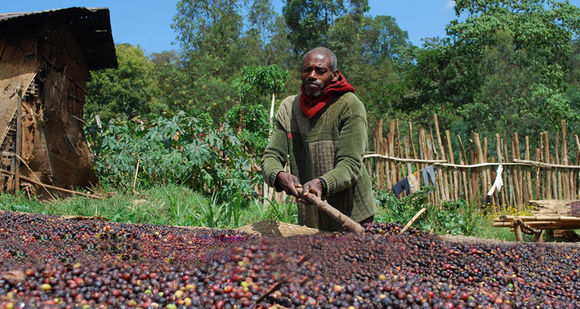
Indonesia Bali Karana Kintamani Ubud Natural Country: Indonesia Origin: Kintamani Volcano Altitude: 1400 m Harvest season: June to September each year Processing method: Sunlight Variety: USDA, Karka, S-795 Processing plant: Ubud Processing plant Flavor: ripe peach, pineapple, brown sugar Traditional culture on Bali
2016-03-29 Indonesia Bali Kara Quinta Mani Volcano Ubud Treatment Plant Solarization -
Treatment of 19-mesh morphine single cooked bean honey in the Gayo Mountains of Aceh province, Sumatra, Indonesia
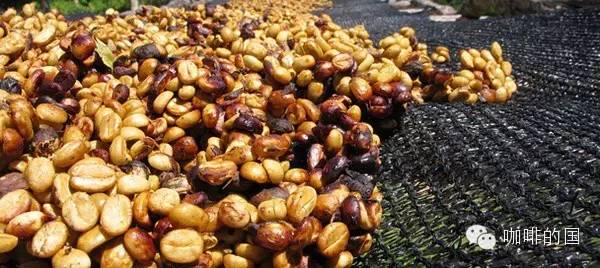
Indonesian coffee is very diverse in quality, most of which are based on the island origin as its market name: such as Sumatra, Sulawesi, Jawa or Timur. The advantage of Indonesian coffee is that most coffee is characterized by strong, introverted flavor and lively moderate acidity. Chinese people think highly of Indonesian Mandheling coffee.
2016-03-29 Indonesia Sumatra Aceh Ache Kahu Gayo mountains muffin -
Esmeralda Manor Panama Coffee Bean Production Area Bana
Rose summer coffee green beans have a very beautiful blue-green, jade-like warm texture, smell fresh grass, peach flavor, berry flavor and most coffee beans do not have the unique milk sweet flavor, it seems that aroma and taste this kind of thing is very need to cooperate association, but the light tea gas is we can obviously feel. To highlight the character and aroma of this bean
2016-03-29 Panama Coffee Manor Introduction Ace Mira Coffee Bean Region Rose -
Introduction of Panamanian Coffee Manor-Esmerada Manor Panamanian Coffee producing area Panama

Rosa coffee raw beans have a very beautiful blue-green, jade-like warm texture, smell fresh grass, peach, berry flavor and oolong tea unique milk sweetness that most coffee beans do not have. it seems that aroma and taste of this kind of things need to be associated, but a hint of tea smell is obvious to us. In order to highlight the characteristics and aroma of this bean
2016-03-29 Panama Coffee Manor introduction Ace Mira producing area Rosa Raw Bean -
Introduction to Panamanian Coffee Manor-- Carmen Manor Panamanian Coffee production in Panamanian Coffee area

[Origin]: Panama [Manor]: Carmen Manor [Grade]: SHB, EP [altitude]: 1750 m [soil]: black soil [particles]: 17 mesh [varieties]: Kaduai Catuai 70%, Kaddura Caurra20%, Iron truck Typica, Dwarf St. Raymond San Ramon, New World Mundo Novo 10% [Raw Bean treatment]: semi-washed Carmen Manor Coffee is one
2016-03-29 Panama Coffee Manor introduction Carmen producing area Origin Card -
Introduction to the Manor of Panamanian Coffee-- Alida Manor Panamanian Coffee

[name]: Elida Natural (Elida Natural) [production area]: Pocket (Boquete) [Manor]: Alida Manor (Elida) [variety]: Catuai 85%, Typica Bourbon 15%, Geisha (a small amount) [treatment]: sun (Natural) [altitude]: above 1800 m [planting soil]: volcanic soil (Volcanic clay)
2016-03-29 Panama coffee manor introduction Lida producing area -
Introduction to the Manor of Panamanian Fine Coffee-- Hope Manor Panamanian Coffee

Hope Manor [country]: Panama [production area]: SHB [Variety]: Katula, Katuai, Iron pickup [baking]: CITY+ (moderate) [treatment]: washing [planting Environment]: altitude 1400-1600m [producer / Company]: hope Manor Hacienda La Esperanza [Certification]: organic certification [taste and flavor]
2016-03-29 Panama boutique coffee manor introduction hope producing area country -
Yega Xuefei Sun treatment Banki Magi Ethiopia primeval Forest China Coffee net Fine Coffee
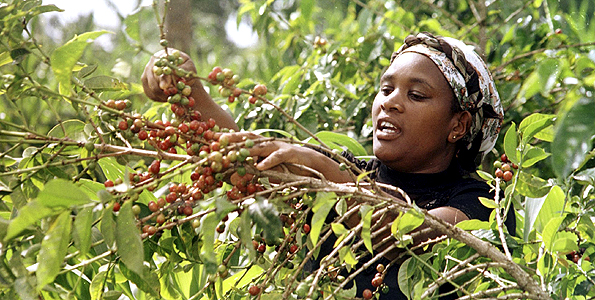
There are eight main producing areas of Ethiopian coffee: Ekempti, Limu, Illubabor, Djimma, Harrar, Teppi/Bebeka, Sidamo, Yirgacheffe. Ethiopian coffee is highly rated in Taiwan, especially Chinese people are particularly interested in the three famous producing areas of Ethiopia, namely Harrar, Sidamo and Yirgacheffe.
2016-03-29 Yega Sheffield Solar processing Banki Maggie Ethiopia Primeval Forest medium -
Evaluation on the quality of Coffee net Coffee Bancima was treated with sun in the primeval forest of Ethiopia.
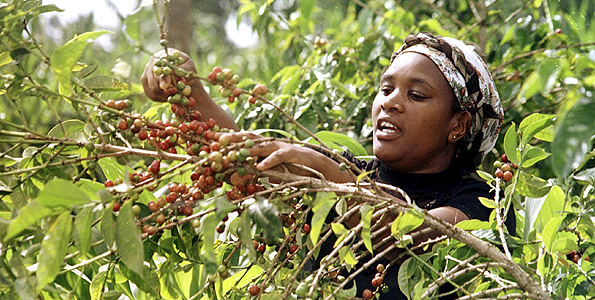
Coffee producing countries have their own grading methods and quality evaluation criteria in order to grade their harvested coffee, of course, there are also famous coffee mochas. Like Yemen in Matali, there is no uniform export specification for the country. If the common evaluation criteria of coffee producing countries all over the world, it would be much more convenient for the buyer. Unfortunately, the current grading standard is still based on each producing country.
2016-03-29 Coffee quality evaluation Ethiopia primeval forest Yega Sheffield sun -
The structure of coffee beans Coffee seeds Coffee net recommended Ethiopia Sidamo sun treatment Lion King

Some people often mistakenly think that coffee is directly grown with raw beans, and spend a long time thinking about how it does not germinate. Coffee is actually grown from seeds with an endocarp (Parchment). The endocarp (or parchment or paper skin) refers to the dark brown crust wrapped around the coffee seeds, and the coffee beans attached to that layer of skin are called Parchment Beans. And I'm going to open up the fully mature
2016-03-29 coffee beans construction coffee seeds recommendations ethiopia Dharma sun treatment -
Ethiopian Sidamo Sun treatment Lion King Yissoya Sidama Black Coffee Coffee net
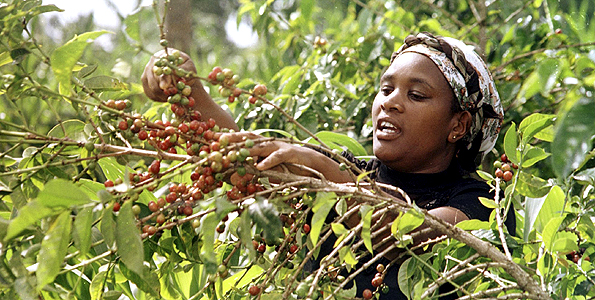
The coffee flavor of Sidamo is very diverse, and the different soil types, microclimate and countless native coffee species make the coffee produced in each town have obvious differences and characteristics. In 2010-12, it won three consecutive high marks from coffee review 92 to 94, which shows the extraordinary value of raw beans in this area! Domestic horizontal
2016-03-29 Ethiopia Dharma Sunshine processing Lion King Yesso Biya Xida Mahei -
Dry water washing roasted coffee beans raw beans Ethiopian Sidamo sun treatment Lion King

The appearance of dry coffee is different from that of water-washed coffee: the water content of water-washed coffee is 12% Mel 13%, and that of dry coffee beans is 11% Mel 12%. Outwardly, the former looks darker green. Generally speaking, the raw beans with higher water content are mostly green or cyan, while those with less water content are brown or close to white. Raw beans are refined by washing.
2016-03-29 Dry washed roasted coffee beans coffee raw beans Ethiopia Dharma sun -
Coffee from fruit to raw bean dry washing semi-washing refined Colombian coffee beans
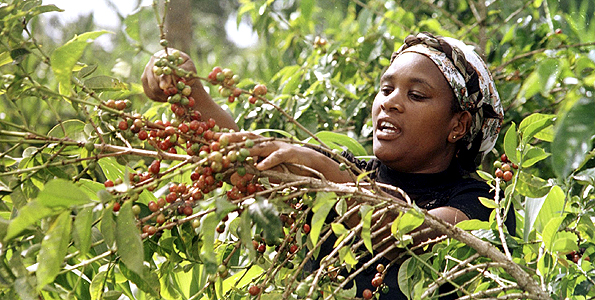
Coffee changes from fruit to raw bean there is a pair of oval seeds in the middle of the fruit, which are covered with outer skin, inner pulp and pulp. Ripe fruit spoils in a short time without treatment. Refining is to remove the skin and pulp of the coffee fruit, and then take out the seeds. Generally speaking, about 1 kg of raw coffee beans can be obtained from 5 kg of coffee fruit. The refining methods include drying and washing.
2016-03-29 Coffee fruit turn raw beans dried washed refined Colombian coffee beans -
Introduction of boutique coffee bean manor-- Costa Rican coffee goddess coffee manor
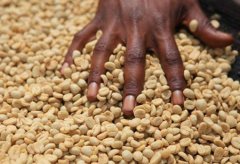
Citrus, maple syrup, red cherry, vanilla, a variety of fruits compound sweet and sour. This cup of coffee is called "Goddess". Today, Chongqing Brista Coffee training School will introduce you to a coffee bean produced by the Goddess Manor of Costa Rica in the United States. Goddess beans is a micro-batch Geisha (Rosa / geisha) variety of the Goddess Manor (Dota El Diosa) in Costa Rica, Central America.
2016-03-29 Boutique coffee beans manor introduction Costa Rica goddess coffee citrus maple syrup -
Coffee bean hand-picking method Colombian planting Colombian coffee beans Colombian picking
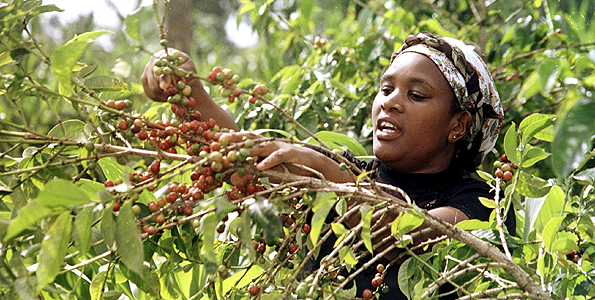
The harvest time and methods of coffee harvest vary from place to place, generally speaking, about 1-2 times a year, sometimes up to three or four times. The harvest time is mostly in the dry season. In Brazil, for example, around June, it starts from Basiya in the north-east and ends in Parana in the south around October. The harvest period for Central American countries is from September to January of the following year.
2016-03-29 Coffee beans hand picking shaking Colombia planting picking coffee harvesting and -
Colombian coffee bean Arabica seed Dikapunkadullah Mondo Dono Wokadu Amarago
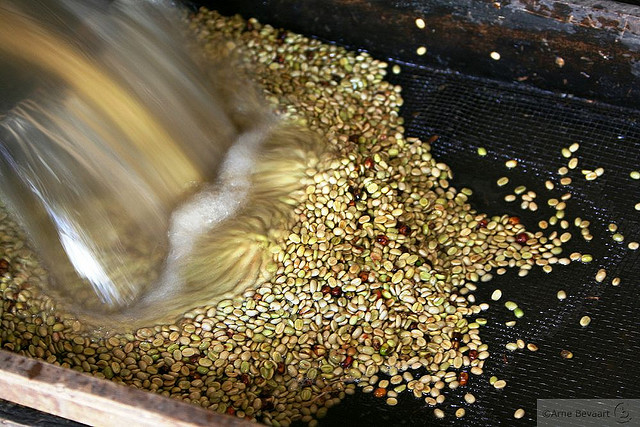
Arabica coffee is generally considered to be originated from the Ethiopian plateau, widely distributed in the tropics, after repeated mutation and breeding, derived a lot of varieties. Tibica: this is the closest Arabica species to the native species. Almost all Arabica varieties are derived from this. It is long in bean shape, has excellent aroma and sour taste, but is not resistant to leaf rust.
2016-03-29 Colombia coffee beans rabbi card species Tibby Cabo Panca Dula Dono -
Introduction of Nicaraguan Fine Coffee the taste characteristics of Nicaraguan coffee
Nicaragua, located in the middle of Central America, is the largest country in China and the United States, bordering Honduras in the north, Costa Rica in the south, the Caribbean Sea in the east and the Pacific Ocean in the west. The eastern part is the coastal plain, the high temperature and rainy climate belongs to the tropical maritime climate, and the western part is the coastal lowland with more active volcanoes. The north-central part is a highland, with an average annual temperature of 18 ℃ and an annual precipitation of 1500-2500mm.
2016-03-29 Nicaragua quality boutique coffee introduction taste characteristics located in -
China Coffee Network Historical Coffee Variety grown in Colombia Kadu Ekadura washing treatment
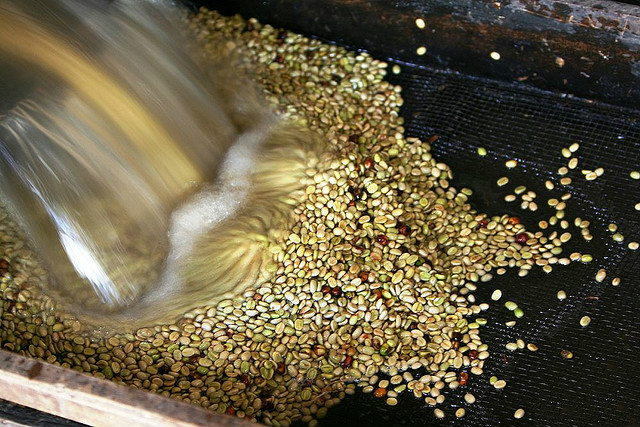
The history of coffee cultivation in Colombia can be traced back to the Spanish colonial era in the 16th century, and there are many theories about the history of coffee in Colombia: one: it is said to come from the island of Haiti in the Caribbean and from El Salvador in Central America. Second: in 1808, a priest introduced coffee beans to Colombia for the first time from the French Antilles via Venezuela. One of them
2016-03-29 China Coffee Colombia cultivation History varieties Kadu Ika Dula Water -
Santa Rita santa rita, Colombia imported high quality washed coffee beans Kaduai and Kaddura
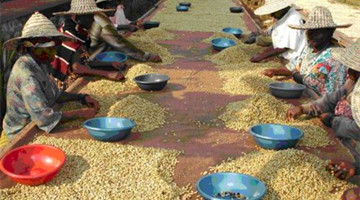
The main varieties of Colombian coffee are Arabica coffee (coffea arabica), that is, small fruit coffee (small grain coffee). Relatively speaking, large fruit coffee (coffea robusta) is mostly grown in Africa of origin, such as the famous Madagascar coffee. There are several varieties of small fruit coffee. Brazilian coffee, which has the highest yield in the world, has large seeds, strong adaptability and high fruit yield.
2016-03-29 Colombia Santa Rita santa rita Import quality washing Department -
China Coffee Network recommends Colombian coffee beans history mocha round bean honey to treat South American beans
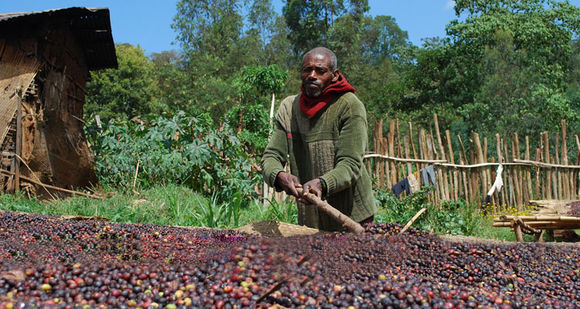
The history of coffee cultivation in Colombia can be traced back to the Spanish colonial era in the 16th century, and there are many theories about the history of coffee in Colombia: first, it is said to come from the island of Haiti in the Caribbean and by water through El Salvador in Central America. Second: in 1808, a priest introduced coffee beans to Colombia for the first time from the French Antilles via Venezuela. Its
2016-03-29 China Coffee recommendation Colombia Coffee Bean History Mocha Xiaoyuan Bean Honey
